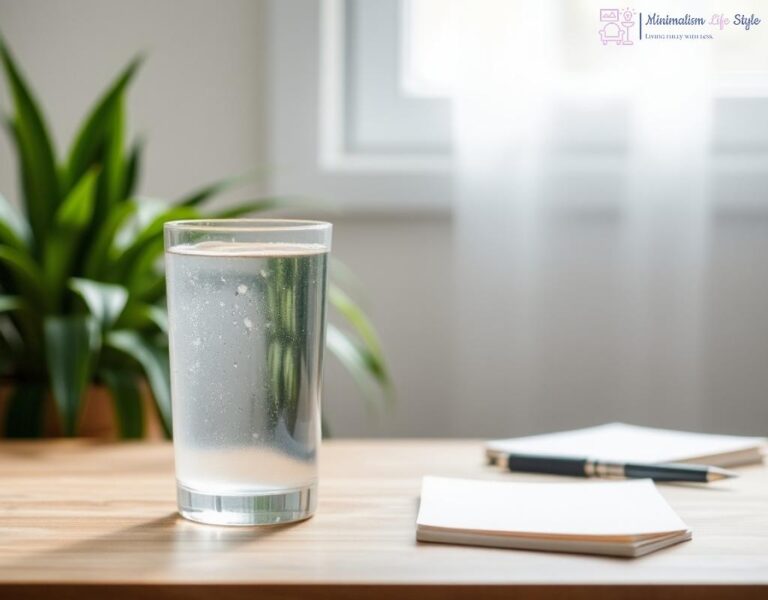Understanding Minimalism in Pain Management
In a world often overwhelmed by complexity and excess, minimalism offers a breath of fresh air, especially in the realm of pain management. This approach invites us to strip away the noise and focus on what truly matters: our well-being. By prioritizing simplicity, we can explore natural methods that not only alleviate pain but also foster a deeper connection to our bodies and minds.
Natural Remedies that Shine
When we think about pain relief, our minds may leap to pharmaceuticals, but there exists a treasure trove of natural remedies that can provide comfort and healing. These alternatives encourage a holistic view of health, emphasizing balance and harmony. Below is a list of natural approaches that have gained recognition in the pain management community:
- Herbal Treatments: Herbs like turmeric and ginger possess anti-inflammatory properties, making them potent allies in combating pain.
- Mindfulness and Meditation: These practices help reduce stress and enhance pain tolerance by fostering a calm and focused mind.
- Physical Therapy: Gentle movements and exercises can strengthen muscles and improve flexibility, leading to significant pain reduction.
- Acupuncture: This ancient technique stimulates specific points on the body to release endorphins and promote relaxation.
- Essential Oils: Aromatherapy with oils like lavender and peppermint can soothe both the body and mind, offering comfort in moments of discomfort.
By integrating these natural remedies into our daily routines, we can create a supportive environment for healing without relying solely on conventional medicine.
Creating a Personalized Pain Management Plan
Embracing minimalism in pain management means tailoring your approach to fit your unique lifestyle and needs. It encourages individuals to listen to their bodies and prioritize what works best for them. Start by assessing your daily habits, identifying potential triggers, and exploring the remedies mentioned above. As you experiment with these natural approaches, keep a journal to track your progress and discover which methods resonate most with you.




